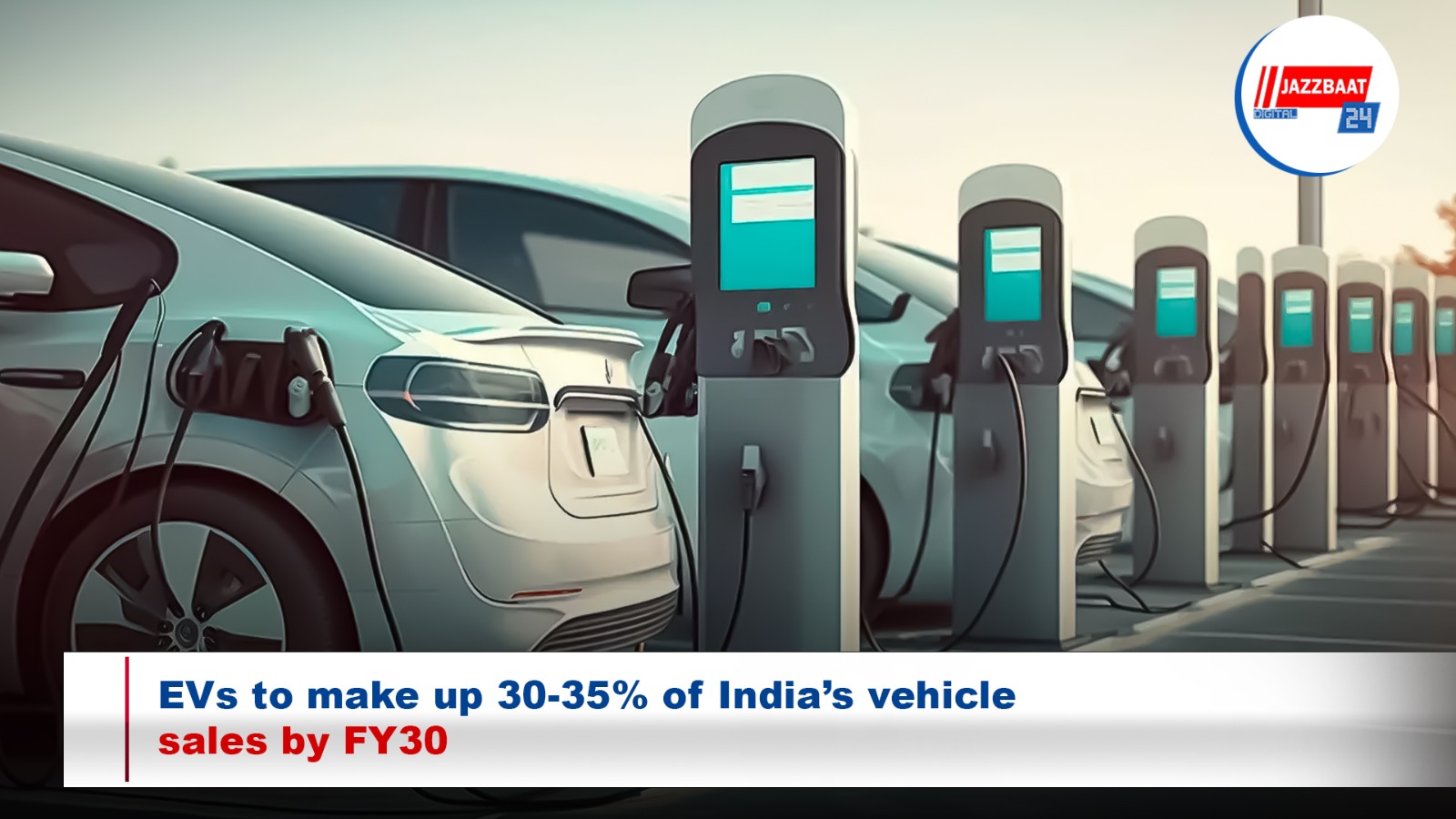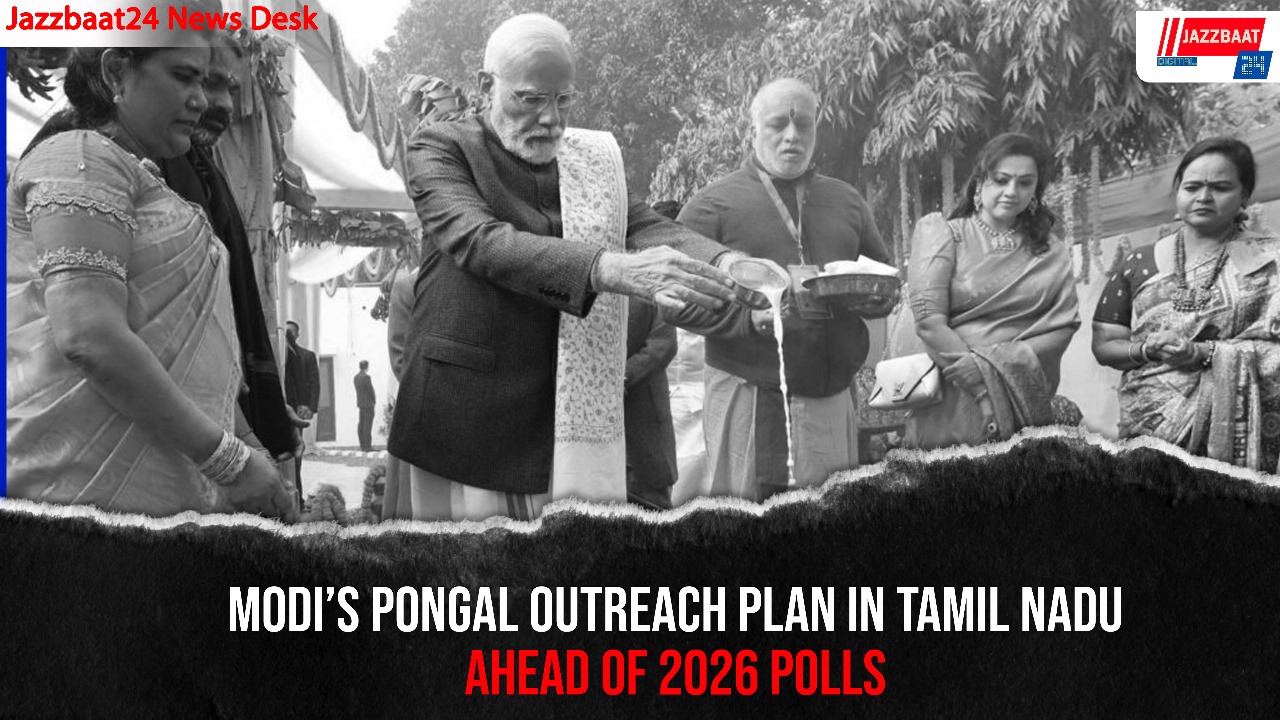The EV revolution is in full swing and EVs could be 30-35% of all vehicle sales in India by FY30 though ICE vehicles will still be on the roads for years to come, says a new report.
India is catching the EV wave, penetration has gone up from less than 1% in 2019 to 7.4% in 2024.
"With low vehicle ownership and unique growth drivers, India has a chance to leapfrog, making EVs the first car for many, just as it skipped 3G for 4G. By FY30, EVs could hit 30-35 per cent of annual sales," said the report by SBI Capital Markets (SBICAPS).
Batteries and electronic drive units, which make up 50% of an EV’s cost, are the key differentiators from ICEs.
India’s PLI for Advanced Chemistry Cell (ACC) addresses this. Currently, OEMs outsource 75% of their battery needs, but backward integration will push this to 50% by FY30, driven by alliances and JVs rather than pure organic efforts, said the report.
Rs 500-600 billion of capex will be required to achieve 100 GWh of EV battery capacity by 2030 and another Rs 200 billion to expand public charging infrastructure to 90,000 chargers by FY30.
India’s EV boom is riding on a web of incentives - 5% GST compared to 28% for most ICEs, lower road taxes in many states, FAME and PM E-DRIVE subsidies and cheaper operating cost when using electricity compared to petroleum products thanks to a favorable tax structure.
"India's EV incentive game is smartly targeted - PM E-DRIVE boosts specific vehicle classes and expands support for charging infrastructure. The Scheme to Promote Manufacturing of Electric Passenger Cars in India (SPMEPCI) zeroes in on cars, where penetration lags. Plus, with global tech breakthroughs already paving the way, India can readily adopt mature solutions without reinventing the wheel," said the report.
EV adoption varies widely by segment, 2W and 3W are leading the pack.
According to the report, private cars are a unique EV segment where performance, design, comfort and safety often trump cost.
“According to the report, private cars are a unique EV segment, where performance, design, comfort, and safety often outweigh cost.”





